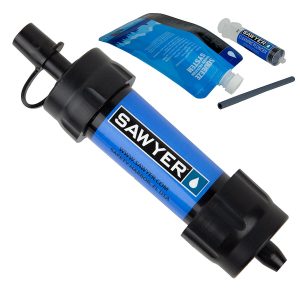I was watching an episode of the science-fiction noir thriller “The Expanse” recently. Set hundreds of years in the future, the United Nations has now become the world government and its main rival is Mars, a former Earth colony. The UN is still in New York City and a new fancier UN building is now tucked safely behind a vast seawall that protects the city from rising water resulting from climate change.
It’s a world that looks like an extension of our own, but one that has survived the twin existential threats of climate change and resource depletion. But will it be so easy to update our infrastructure to overcome these threats?
The naive notion that we can, for example, “just use more air conditioning” as the globe warms betrays a perplexing misunderstanding of what we face. Even if one ignores the insanity of burning more climate-warming fossil fuels to make electricity for more air-conditioning, there is the embedded assumption that our current infrastructure with only minor modifications will withstand the pressures placed upon it in a future transformed by climate change and other depredations.
That assumption doesn’t square with the facts. Take, for instance, the Miami, Florida water system. One would think that Miami’s first task in adapting to climate change would be to defend its shores against sea-level rise. But it turns out that the most troublesome effect of sea-level rise is sea water infiltration into the aquifer which supplies the city’s water.
Once that happens the city would have to adopt desalination for its water supply, a process that currently costs two and one-half times more than current water purification processes. And, of course, desalinating water for a city as large as Miami, a city of more than 400,000 who consume 330 million gallons per day, would require a huge, expensive new infrastructure.
…click on the above link to read the rest of the article…
















